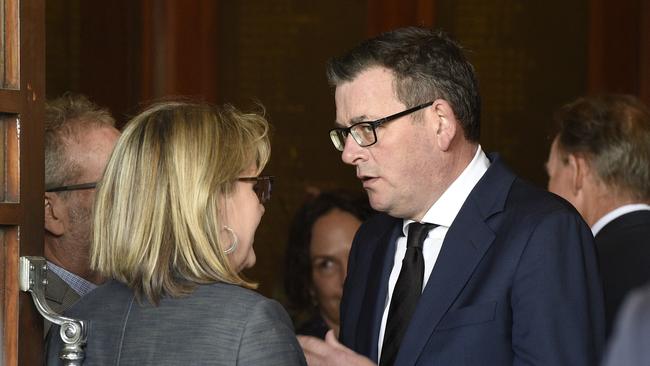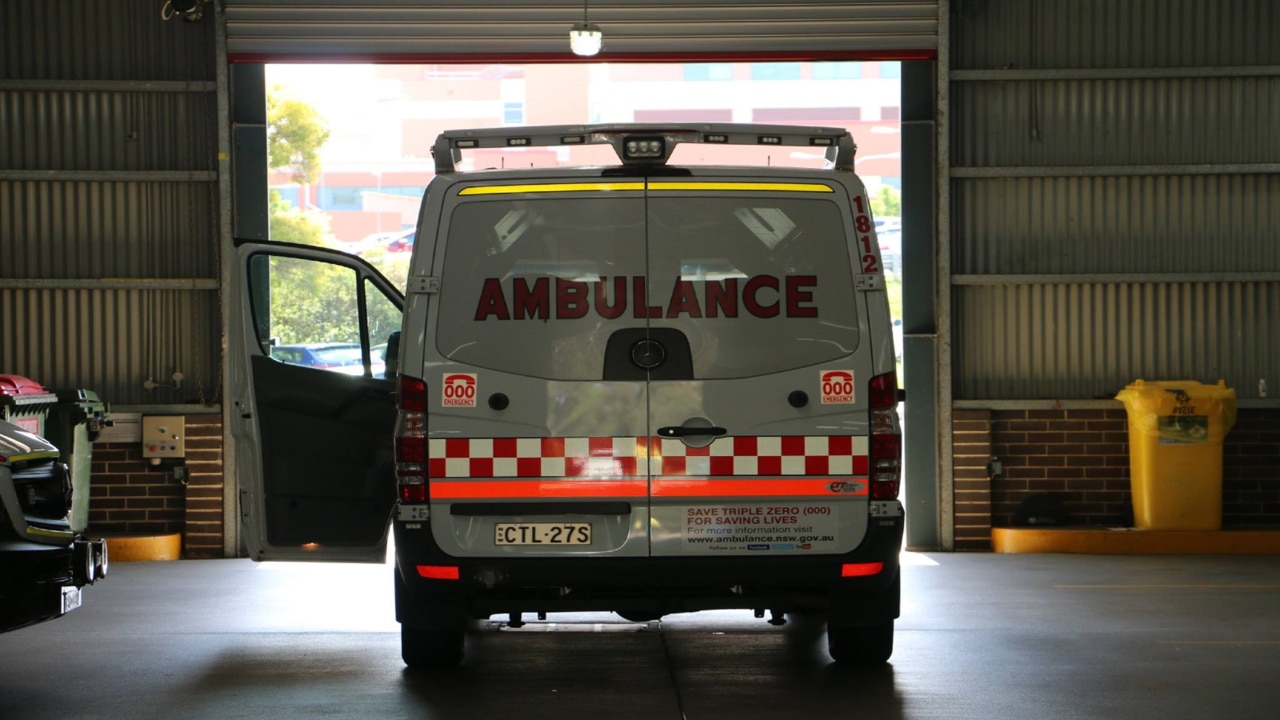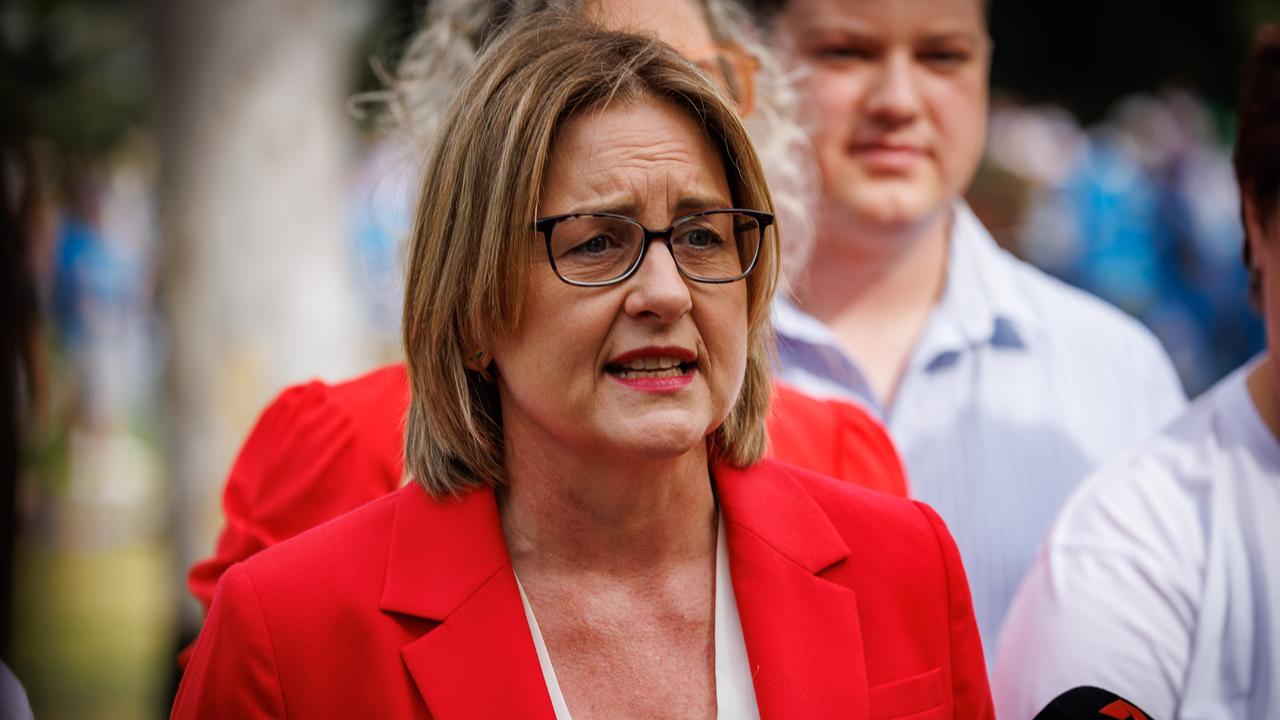
Most Victorians won’t be watching the news on Saturday evening, and that’s just the way the Andrews government wants it.
The last time Daniel Andrews and his cabinet signed off on the release of a damning review of deadly failures in Victoria’s triple-0 system, they opted to make former police commissioner Graham Ashton’s report public two days before the May federal election, despite having had it since March.
On Saturday they outdid themselves, choosing to reveal that 33 Victorians died after waiting too long for ambulances on a day when most Victorians are far more interested in the twilight AFL finals clash between Geelong and Collingwood than they are in political news.
Saturday also just happens to be the day of the week when most health and political reporters aren’t at work.
Those who were in a position to front up and hold the government to account were given 90 minutes’ notice of the release of the Inspector-General for Emergency Management’s reviews of Victoria’s emergency ambulance call answer performance, and the state’s preparedness for major public health emergencies.
The government has had both reports since early August.
Daniel Andrews made much of conducting 120 consecutive daily press conferences when he locked Victorians down in 2020, but on Saturday – 12 weeks out from the November state election – he was nowhere to be seen, leaving his Attorney-General Jaclyn Symes to front the cameras.
While Ms Symes was keen to blame every adverse finding on the pandemic, IGEM Tony Pearce’s reports tell a very different story.
Key among his findings was that one of the main reasons for ESTA’s staffing failures was its funding model.

Mr Pearce found the Andrews government had been aware of the Emergency Services Telecommunications Authority (ESTA)’s “precarious financial position” as early as 2015, via the findings of an Auditor-General’s report.
He found that despite work having begun “more than 10 years ago” to address a funding structure which limits ESTA’s ability to provide adequate staffing during surge events, that work is “yet to be completed”.
In March, The Australian revealed funding for an extra 43 Victorian ambulance call-takers was initially budgeted by the government only as a “contingency”, delaying the recruitment of the crucial staff by up to six months.
ESTA insiders told this newspaper the 43 staff would have been trained and working during the period that many of the deaths revealed in Saturday’s reports occurred, had the money for their employment been prioritised.
The same insiders also highlighted challenges associated with managing relationships with the four unions that cover emergency call-takers in Victoria: the United Firefighters Union, Communications Workers Union, United Workers Union and Victorian Ambulance Union.
One insider said the “rigidity” of rostering requirements under the workers’ enterprise bargaining agreements made it almost impossible for ESTA to have the flexibility needed to fill shifts during times of high demand; another said trying to get the four unions to agree to anything was like “trying to keep mice under a blanket”.
Mr Pearce went to the classification of emergencies as police, fire or ambulance in his review of Victoria’s preparedness for major public health emergencies, finding that “while the control and support arrangements which have been in place for different emergencies for many years continue to serve us well, it is difficult to escape the conclusion that the division of emergencies into classes – a peculiarly Victorian arrangement – has simply served to confuse rather than create benefit to agencies and departments.”
“Further, there is no evidence to show how classification has improved agency accountability or improved community safety outcomes, both of which being objectives that our emergency management arrangements and governance structures should aim to achieve,” he found.
In a week when Daniel Andrews sought cover via a joint media appearance with his Liberal counterpart Dominic Perrottet, Mr Pearce’s finding of a “peculiarly Victorian arrangement” contrasts sharply with the NSW’s Premier’s comments that the wider health crisis is “not unique” to Victoria.
Jurisdictions the world over are experiencing pandemic-related pressure on their health systems, but Mr Pearce’s findings indicate the Victorian situation has been made far worse – and lives have been lost – as a result of circumstances the Andrews government could have prevented, and about which they were warned.



